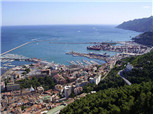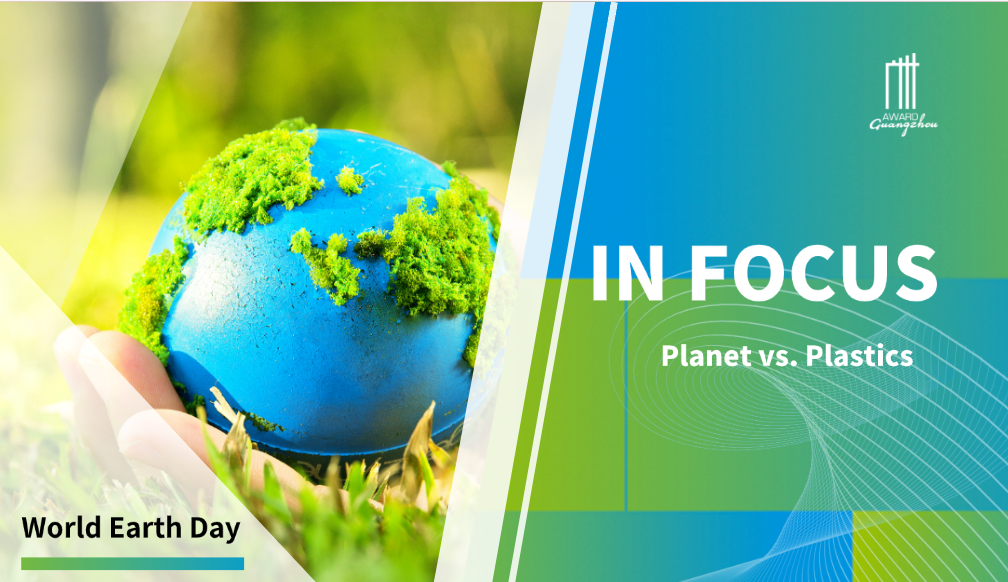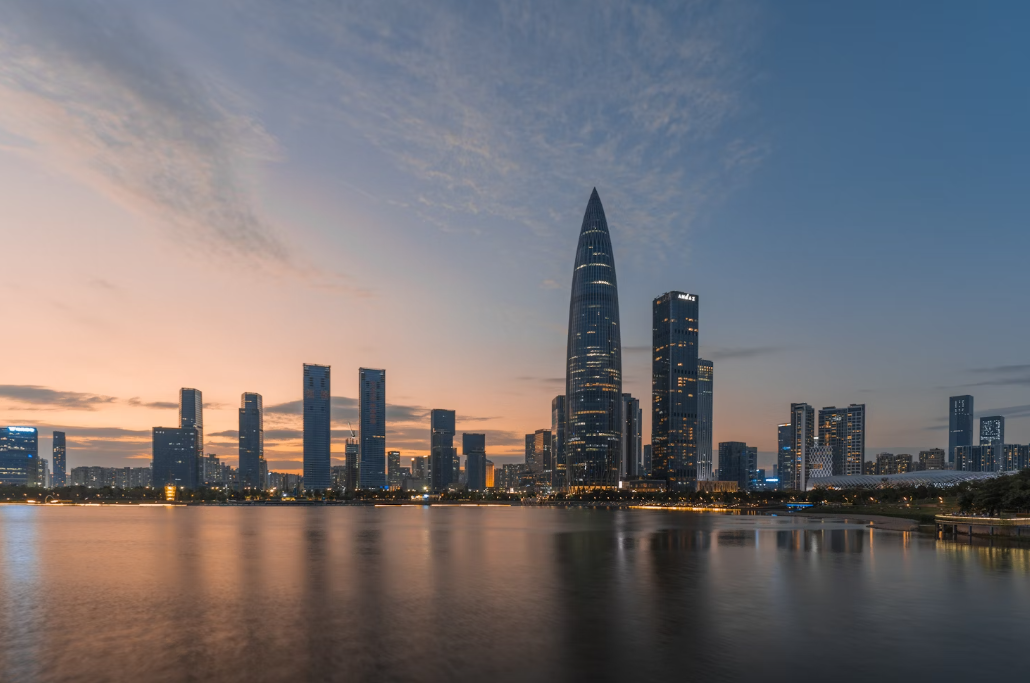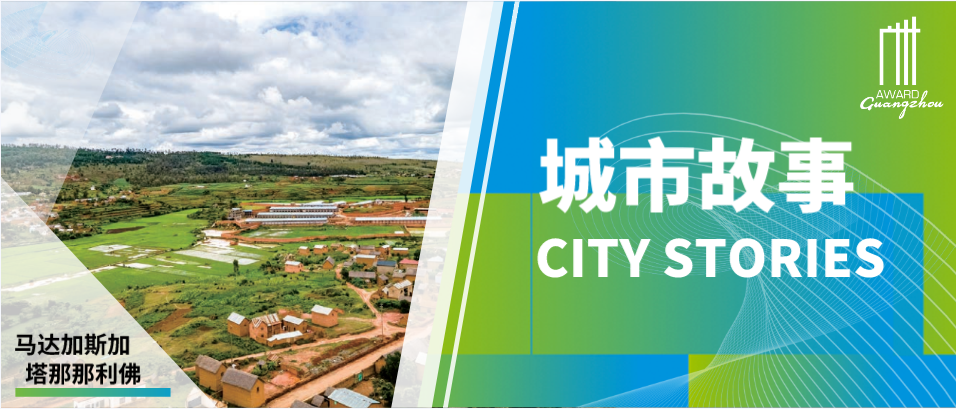Salerno, Italy
Sustainable Energy Now

Comments from the Technical Committee
Sustainable development
The city of Salerno mobilized a multi-disciplinary team including universities and private entities to develop a City Energy Plan to reach or surpass the goals fixed by the European Union in terms of reducing carbon dioxide emissions, reducing energy consumption and producing energy from renewable sources. The plan includes an energy audit together with a very advanced and comprehensive energy monitoring system; a list of specific actions for implementation as well as the formulation of new laws, incentives and regulatory frameworks.
Initiated in 2009, actions have already begun under the overall framework of an urban plan for improving energy efficiency in the fields of street lighting, buildings, water conservation, water catchment and management; improving mobility through smart traffic lights and incentives for carpooling, bicycle use, park and ride schemes, along with improved waste recycling. Currently Salerno recycles 70 percent of its solid waste which is the highest rate in Italy for a city of its class. Perhaps the most iconic achievement has been the completion of a 24 MW photovoltaic plant –– “Monti di Eboli” –– the third largest plant of its kind in Italy, while a highly original aspect lies with the Solidarity Purchasing Plan which makes it more affordable for home owners to install energy saving devices and PV panels by pooling their orders.
Background Information
Salerno is a mid-size city of about 140,000 inhabitants located in the coastal part of Campania, one of the most densely populated areas in Europe. While a large part of this area around the city of Naples has suffered in recent years due to serious environmental problems, Salerno has made progress in many fields, from contemporary architecture to tourism, from music and art to the environment. In order to consolidate and enhance these outcomes and to combine sustainability and a high quality of life, a very advanced energy plan for the city is being proposed.
Goals of the Initiative
The initiative aims to reach and to exceed the goals fixed by the European Union in terms of the reduction of carbon dioxide emissions, energy saving and renewable energy production that urge improvements of 20 percent (with respect to 2005 values) by 2020, in accordance with the directions of the Kyoto Protocol. These goals are being pursued within the development of a City Energy Plan and within the Sustainability Energy Action Plan.
The initiative consists of two main parts: i) an analysis on current energy and emissions scenarios with the proposed options/solutions to reduce consumption and pollutants to be updated regularly, and ii) implementation of such proposed activities. The strong and active collaboration between universities and research entities, and the city of Salerno, allows researchers to help policymakers better define energy initiatives (such as laws, incentives, rules etc.) that would be effective, sustainable and feasible.
Innovation for the Initiative
The initiative can be considered both evolutionary and revolutionary. As discussed above, it is a merging of activities aimed at energy and emissions savings. Major actions can be summarized as follows:
•Street lighting and appliances: use of high efficiency street lamps, incentives for low-impact domestic appliances.
•Building energy savings: by means of improved design that takes into account energy losses due to windows, doors, poor thermal isolation, etc.
•Improved design of HVAC (heating, ventilation, and air conditioning) of indoor spaces.
•Waters conservation: recovery of rainwater and better use of aqueducts.
•Renewable Energy: solar, thermal, photovoltaic, biomass, biogas, wind.
•Sustainable urban planning: green areas, street lighting, etc.
•Sustainable mobility: energy savings by using smart traffic lights, incentives for bicycles, park and ride schemes, car sharing and carpooling, etc.
•Managing rubbish and recycling.
•Solidarity Purchasing Groups to help consumers to achieve and build photovoltaic gazebos on their roofs, and to buy and install advanced insulation windows and frames in their houses.
Some of these activities/ideas are borrowed from other places, but have never been implemented in this area.
The following actions, in particular, can be considered revolutionary, deriving from the innovative research conducted by the proposers at the University of Salerno:
Converting conventional cars into hybrid solar vehicles, using a kit developed and patented at the University of Salerno. A fleet of cars owned by the municipality of Salerno will be converted using such a tool.
Development and testing of solar thermal plants with seasonal storage for central heating in schools.
Use of methodologies based on Mathematical Programming to assess the priorities of the proposed actions, considering the existing constraints.
The innovation has been applied in policy, in actual implementation of rules and regulations, financial incentives, adoption of new technology, urban planning and design.
-
 In Focus | The World Earth Day: Planet vs. Plastics
In Focus | The World Earth Day: Planet vs. Plastics -
 Urban Innovation in China | Shenzhen: How to Maintain Momentum to Achieve Carbon Peak by 2030 While Leading Green and Low-Carbon Development?
Urban Innovation in China | Shenzhen: How to Maintain Momentum to Achieve Carbon Peak by 2030 While Leading Green and Low-Carbon Development? -
 City Stories | Antananarivo, Madagascar: Building Resilience in the City Food System
City Stories | Antananarivo, Madagascar: Building Resilience in the City Food System -
 In Focus | International Women’s Day: Building a Women-Friendly City
In Focus | International Women’s Day: Building a Women-Friendly City























 Tel: +86 20 3780 4434
Tel: +86 20 3780 4434 Email: info@guangzhouaward.org
Email: info@guangzhouaward.org Address: Rm 1609, FuLiXinTianDi, No.307 Guangzhou Dadao Zhong, Yuexiu District, Guangzhou, Guangdong, 501600, PRC
Address: Rm 1609, FuLiXinTianDi, No.307 Guangzhou Dadao Zhong, Yuexiu District, Guangzhou, Guangdong, 501600, PRC




